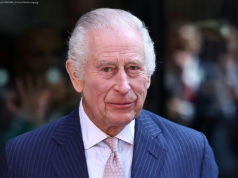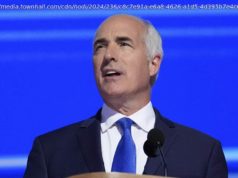Can his aggressive version of ethnonationalist populism prevail in 2020? The answer is not obvious.
Disruption, disorder and disease are gripping the United States as the 2020 election draws near, leading to an unusual degree of unpredictability about our political future. Despite current state and national polling that favors Democrats, we still can’t say for sure whether the nation will tip left or right. “Modern democracies are currently experiencing destabilizing events,” three Danish political scientists, Michael Bang Petersen, Mathias Osmundsen and Alexander Bor, write, “including the emergence of demagogic leaders, the onset of street riots, circulation of misinformation and extremely hostile political engagements on social media.” Driving this destabilization, according their new paper, “Beyond Populism,” is the feeling millions of voters continue to have of being left behind, of “‘losing out’ in a world marked by, on the one hand, traditional gender-and race-based hierarchies, which limits the mobility of minority groups, and, on the other hand, globalized competition, which puts a premium on human capital” — especially on “learning capacity,” roughly measured by the presence or absence of a college degree. The crucial role of human capital is illustrated in a 2011 study published in the American Economic Review, “Sources of Lifetime Inequality,” by Mark Huggett, Gustavo Ventura and Amir Yaron, economists at Georgetown, Arizona State and the University of Pennsylvania. The authors found that human capital, including learning skills, accounted for “61.2,62.4, and 66.0 percent of the variation in lifetime earnings, lifetime wealth, and lifetime utility” — a measure of life satisfaction. Petersen and his colleagues found that those experiencing rising levels of frustration are motivated to turn to the relative extremes of the political spectrum reflecting “discontent with one’s own personal standing.” This phenomenon, they continue, is concentrated The traditional avenue to standing in society — “tangible benefits including income and job access” and “intangible benefits including cultural hegemony, prestige, authority and social space” — requires the “human capital” I mentioned above, which what Petersen described in an email as “the stock of skills and competencies that allow people to produce economic value” that “involve the cultivation of talents and skills that are valuable for others and, hence, based on a reciprocal relationship wherein status is granted in exchange for service.” When inequality increases, the issue of status becomes sharper, and “people will simultaneously feel that (a) it is important to get status and (b) that it is very difficult to do so.” In such a situation, at the extremes, “some people will feel that the use of fear and intimidation is an attractive shortcut to getting recognition,” Petersen wrote by email. “It would be wrong to exclusively think of this as a right-wing phenomenon. People on the extremes of both the left-wing and the right-wing are likely to be high in dominance motivations,” Petersen continued, adding that The difficulty of rising up the economic ladder is reflected in the decline in mobility in the United States. Research by Raj Chetty and colleagues has demonstrated that the percentage of children who make more than their parents has fallen from just over 90 percent for those born in 1940 to 50 percent for those born in 1984. The declines have been sharpest in the South and Midwest, as shown in the accompanying map — in many of the areas that provided key support to Donald Trump in 2016. The frustration over the lack of mobility is particularly acute for those without college degrees. In a 2019 paper, “The College Wealth Divide: Education and Inequality in America,1956-2016,” three German economists, Alina Bartscher, Moritz Kuhn and Moritz Schularick, all of the University of Bonn, determined that in the United States since the since the 1970s “the real income of non-college households stagnated, while the real income of college households has risen by around 50 percent.






